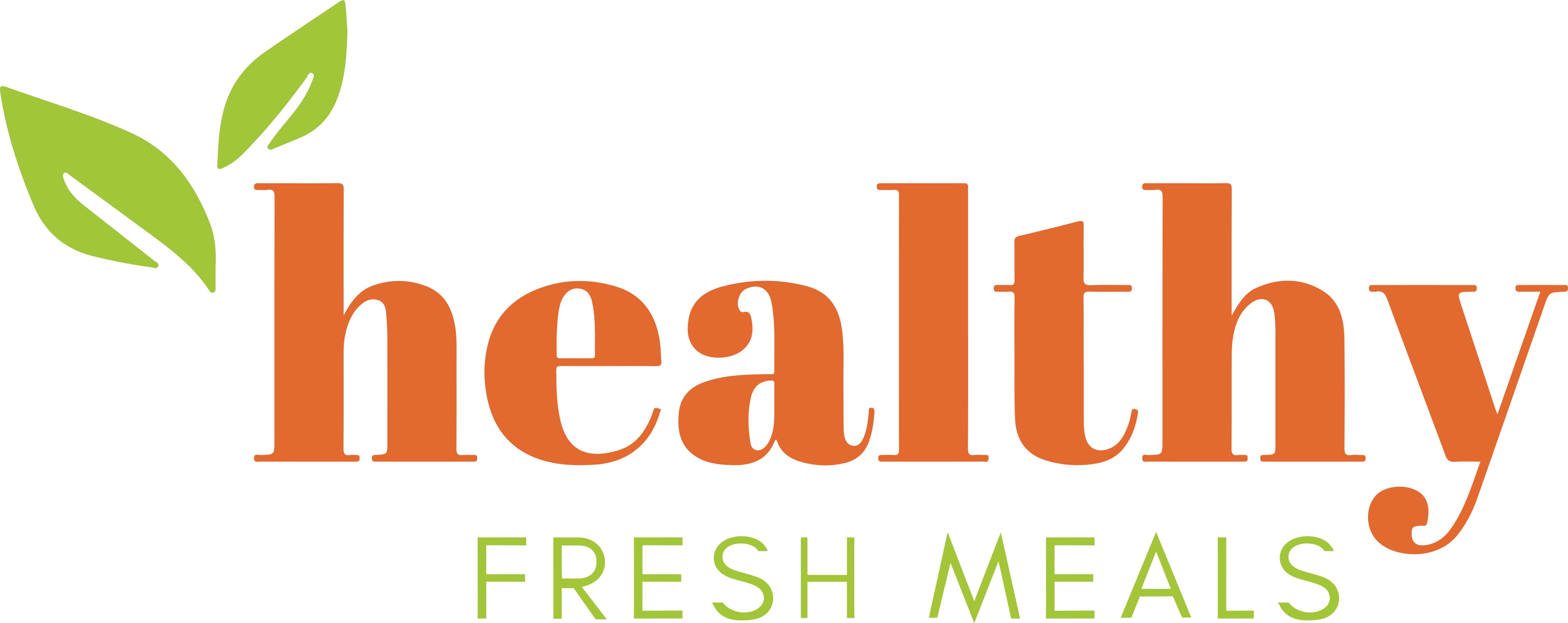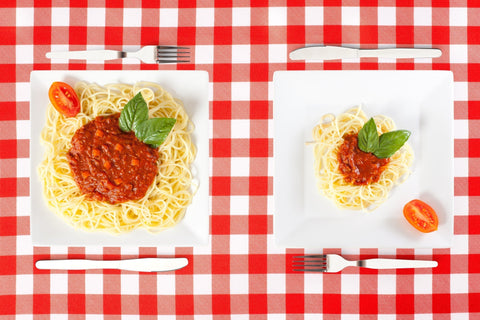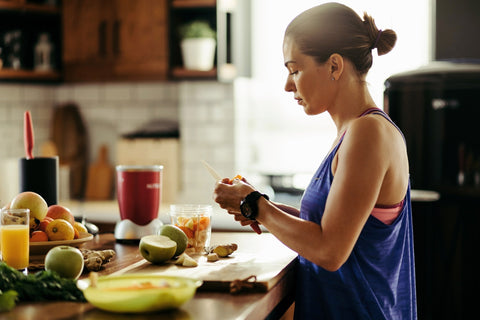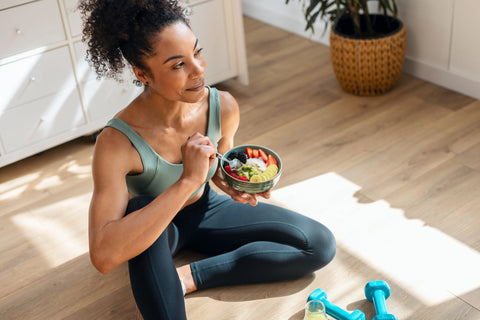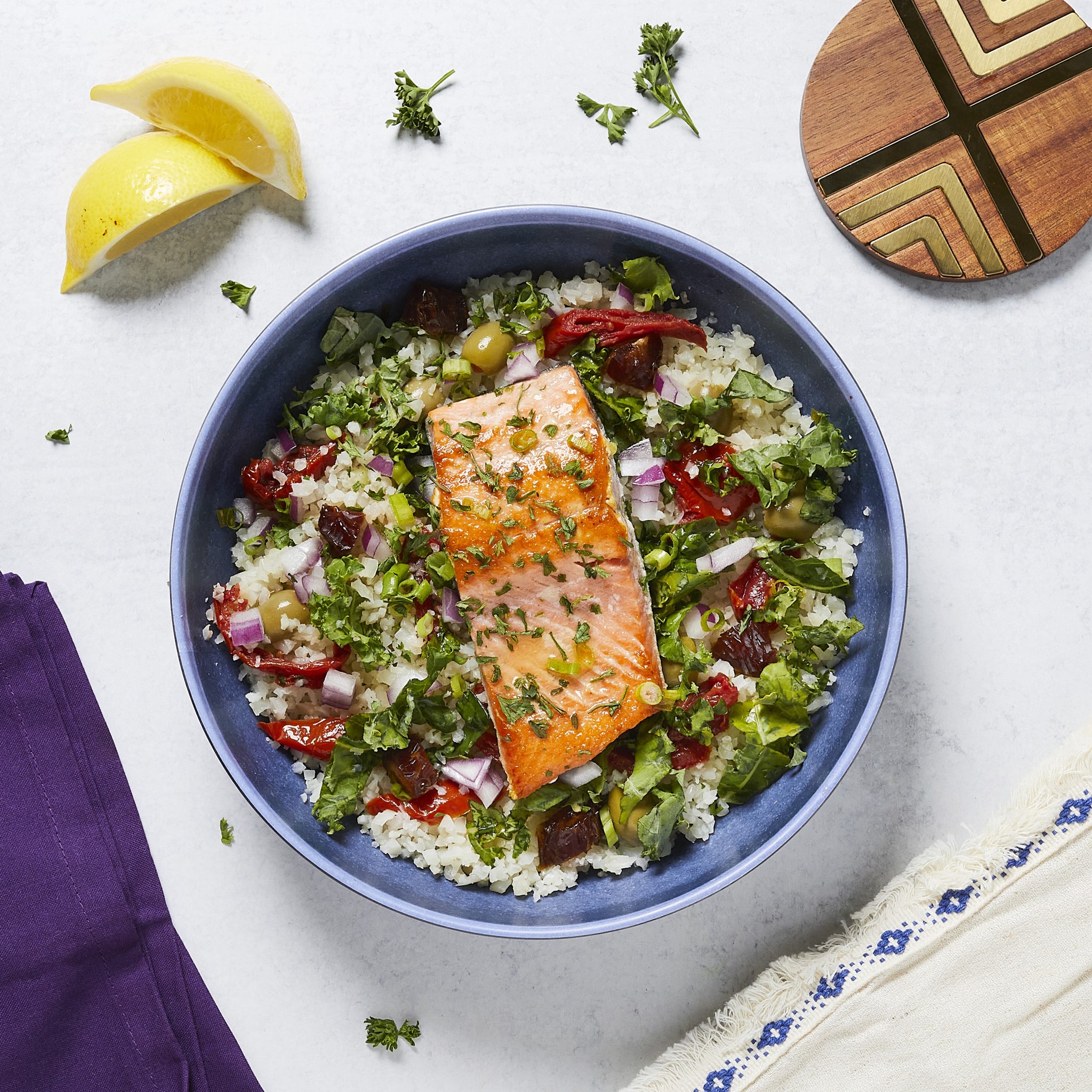When it comes to making smart decisions regarding our dietary habits, it is essential that we acknowledge the fact that most of us, at some point in life, have been exposed to the term "portion sizes matter." But what exactly does this expression mean within the context of our everyday lives and practices? Whether you are cooking in your own kitchen, ordering takeout from a restaurant, or using convenient delivery services like Healthy Fresh Meals, having a knowledge and awareness of proper portion sizes can drastically alter the manner in which you approach meals—and ultimately help you feel both satisfied and balanced in your food decisions.
Let us spend a few minutes learning to estimate portion sizes by eye, know how these portions fit into our meals, and discuss how you can successfully use visual aids—along with handy pre-prepared meals—to eat mindfully and simply.
Why Portion Sizes Are Important
Portion Distortion Is Real
Food portions have grown astronomically over the last few decades—enormous muffins, double‑sized soft drinks, super‑sized burgers. What used to be a single serving now contains double or triple the amount of calories. This so‑called "unit bias"—the belief that one portion equals one serving—can deceive our brains into eating too much.
Portion vs. Serving: What's the Difference?
A serving size is a standard measurement that is used for nutrition labels (for example, 1 cup, 3 oz), but a portion is what you actually eat. The two are seldom the same anymore—particularly in restaurants and packaged foods.
The Significance of Health and Why It's Important
Engaging in overeating, even when it involves foods that are generally considered healthy, can result in unintended consequences such as weight gain, sluggish digestion, and a condition known as nutrient overload. It is important to match your portion size to your individual needs, as doing so allows you to fully enjoy the food you eat, effectively manage your hunger levels, and sustain your energy throughout the entirety of the day.
The Visual Guide to Portion Sizes
No measuring cups? No worries. Compare food groups to common objects instead:
-
Protein
Palm of your hand ≈ 3–4 oz serving
Consider chicken breast, fish fillet, tofu, or lean beef. -
Carbohydrates & Starches
Fist or cupped hand ≈ ½ to 1 cup cooked cereal, pasta, or starchy vegetables. -
Vegetables
Both hands cupped together ≈ 2 cups raw vegetables or 1 cup cooked. -
Fats
Thumb tip ≈ a rough estimate of 1 tablespoon oil, butter, mayonnaise, or nut butter. -
Snacks and Other Things
Thumb measure ≈ 1 oz of nuts, cheese, or chips.
The use of these visual aids not only helps to build meals that are nutritionally well-balanced, but also promotes a mindful style of eating, without the use of a scale or an app to monitor portions or calories.
Portion Sizes by Food Group
Healthy eating patterns (such as the USDA's MyPlate or Harvard's Healthy Eating Plate) suggest daily consumption based on a 2,000-calorie plan: ~6 oz grains, 5.5 oz protein, 2.5 cups vegetables, 2 cups fruit, 3 cups dairy, and ~27g oils.
Here's how those equate to our visual guide:
-
Grains & Starches: ~6 oz per day = about 1–2 cupped-hand servings.
-
Protein: ~5.5 oz/day = about two palm-sized portions.
-
Vegetables: 2.5 cups/day = about two to three cupped-both-hands servings.
-
Fruit: one piece or ~½ cup = approximately one cupped hand.
-
Fats/Oils: remain at a thumb-tip of added fats for each meal.
You can modify and enlarge upon these suggestions according to your individual calorie requirement, your physical activity level, or the specific objective you are trying to obtain.
Estimating Portions When Dining at a Restaurant or Ordering Food to Take Home
Restaurants tend to overserve:
-
A “normal” burger or sandwich can be 1.5–2 times a standard serving.
-
Sides of fries or pasta may double typical portions without you realizing it
That is exactly where Healthy Fresh Meals really shines and differentiates itself within the meal prep arena. The meals come pre-portioned, meaning that you don't need to deal with the inconvenience of measuring out ingredients yourself. In addition, if you discover that you want to split a meal into two portions—or maybe augment it with a light side dish or extra vegetables—you can do so with ease. This provides you with greater ability to tailor your meals to your daily nutritional objectives and dietary requirements.
Tips for Food Portion Estimation Without Using Measuring Devices
-
Use the method called the "Plate Method":
-
Half your plate = non-starchy vegetables
-
One-quarter = protein
-
One-quarter = starch or grains
-
Evaluate With Your Own Hands:
-
Palm = protein; fist = carbohydrates; cupped hands = vegetables; thumb = fat
-
Pre-Portioned Snacks:
-
For dried fruit or nuts, measure out about a thumb-sized handful into small bags or zip bags so you won't overindulge.
-
Use Meal Prep Containers:
-
Bento boxes, also referred to as 3-compartment containers, are made to assist with portion control in a way that's both intuitive and visually obvious.
-
Keep a food scale on hand at all times for use:
-
Use it periodically to reset your eye—particularly with calorie-dense foods such as cheese, oils, and nuts.
-
The Way in Which Healthy Fresh Meals Contribute to Smarter Portions
-
Chef‑Prepared, Pre‑Portioned Meals: Each dish is measured and weighed—no guessing. That also means snacks, grains, and proteins are proportioned to match nutrition requirements without surplus.
-
Flexible Menu: Whether you're on a low-carb diet, trying to keep meals under 500 calories, or require high-protein dishes, you'll discover options that fit your requirements—each with portion control and nutritional disclosure built in.
-
Containers That Are Built to Fit Standard Meal Prep Equipment: Most meals come in containers that are the same size as popular meal prep containers. It is easy to split one meal into two portions or set aside some as leftovers.
-
Promotes Balanced Plates: The approach to service design actively promotes the idea of thoughtfully pairing proteins alongside an array of vegetables and whole grains, ensuring they are combined in the appropriate proportions. This guidance holds true even when it necessitates the creative solution of merging two separate meals or perhaps including a nutritious side salad to enhance the overall balance of the meal.
Example of a Constructed Meal Presentation
Here's what a balanced lunch could be—either DIY or as a Healthy Fresh Meals order:
-
3 oz protein (palm of your hand): chicken breast, grilled
-
1 cup roasted vegetables (two cupped hands)
-
½ cup whole grain or starchy side (one fist)
-
1 tbsp healthy fat: olive oil drizzle, nuts, or half an avocado (thumb size)
If you're ordering from Healthy Fresh Meals, simply opt for a meal with balanced protein + veggie + grain proportions (find meals labeled "under‑500 calories" or "low‑carb"), and combine with a light side salad or additional steamed vegetables for balance. The containers make it easy to split or save portions.
The Significance of Measuring Portions Accurately and Why It Is Important
-
Satiety Without Overeating
Balanced portions are the key to sustaining satiety and staving off hunger for an extended duration of time—especially if your meal is carefully constituted with quality protein sources, plenty of fiber-rich vegetables, and healthy fats. -
More Energy, Less Sluggishness
Large portions of food can result in after-lunch sluggishness. Properly portioned meals promote consistent energy and steady digestion. -
More Variety, Less Food Waste
Choosing smaller, well-portioned meals allows you to have a range of tastes and dishes over the period of a week—this method not only makes your culinary journey lively and engaging, but also prevents boredom and reduces food wastage. -
Improved Progress Towards Goals
Regardless of whether you are trying to lose weight, build muscle, or maintain, portion control allows you to match the amount you're eating to your requirements—making healthier alterations stick.
Practical and effective ways to practice portion control in your meals
|
Strategy |
How to Use It |
|
Reuse Containers |
After you've enjoyed a Healthy Fresh Meals meal, rinse and reuse the container to prepare a DIY meal with the same portions. |
|
Bulk Prep Now, Portion Later |
Prepare grains, proteins, and vegetables in bulk, then portion using bento-style or compartment containers. |
|
Save Half for Later |
Order a large plate, then divide half into the refrigerator for a future meal. |
|
Count Cups or Use Hands |
Practice portioning with your hand to develop your portioning instincts. |
Complete your dining experience by combining a portion-controlled entree with a selection of tasty sides. It's simple to make a balanced and filling plate by incorporating additional components like a refreshing and colorful salad, healthy steamed vegetables, or whole sources of healthy fats.
Designing an Experience That Feels Natural and Dynamic, Not Rigid and Static
Portion control should not be deprivation. Rather:
-
Trust visual signs and signals, instead of getting too focused on exact measurements.
-
With time, your portion habits become second nature.
-
Schedule treats If you choose to have dessert or a slice of pizza on a weekly basis, it's crucial that you pay attention to the serving size you decide to have.
-
Listen to your body If you're hungry later, include a nutritious snack. Don't let strict portioning leave you deprived.
-
Turn flavors Add spices, fresh herbs, sauces (such as lemon‑tahini or salsa), or change proteins to make your meals interesting. Healthy Fresh Meals offers rotating menus that make variety easy—even if you don’t have time to cook for yourself
In Summary
Portion sizes have gradually gotten larger over the years—quite often without our even realizing it. Learning how to correctly estimate what is a reasonable portion size by using common visual references in everyday life can really assist you in eating with more intention, balance, and satisfaction overall. When you combine that useful insight with the ease of pre-portioned meal delivery programs like Healthy Fresh Meals, you get the best of both worlds: convenience and control—without ever needing to measure or guess at all.
-
Eyeball protein by the size of the palm
-
Carbs by fist size
-
Vegetables by cupped hands
-
Fats measured by the size of a thumb tip.
Use the successful "plate method" for your meals, and consider using visual cues or using pre-portioned dishes to help you with your snacks. Further, when ordering meals, try to look for balanced meals or opt for reusable containers that will help you keep your portion sizes in check. These tools combined allow you to concentrate on savoring your food—not stressing about amount. Portion control is not about deprivation—it's about feeling energized, balanced, and empowered to eat healthfully every day.
